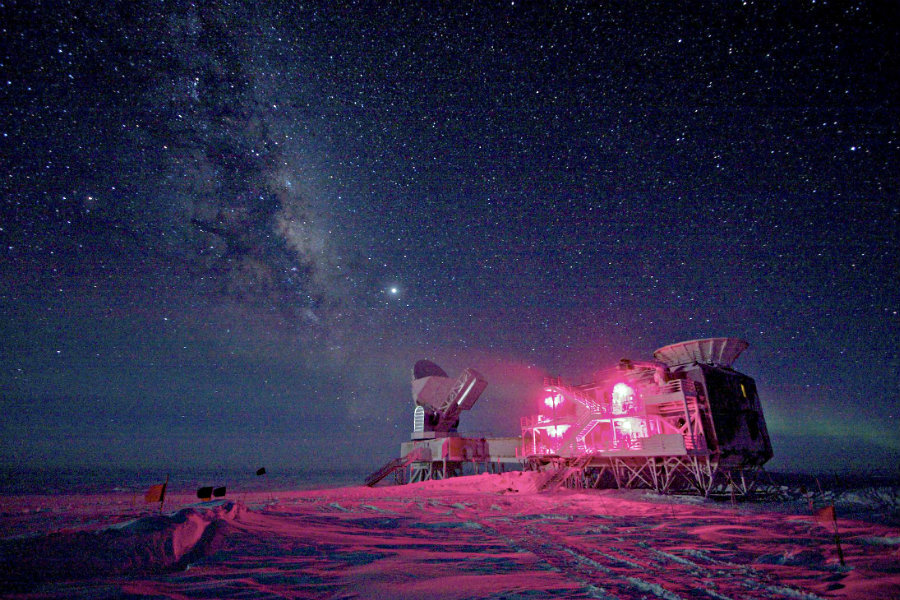Why is a blue cloud appearing over Antarctica?
Loading...
The South Pole’s special blanket of clouds usually rolls in during late November and early December, just in time to give the Southern Hemisphere its very own light show for the holidays.
But this year, NASA says that the South Pole’s annual noctilucent, or night-shining, cloud show arrived much sooner than expected, in mid-November.
Usually, NASA uses the unusual clouds to decode the surrounding mesosphere, the atmospheric layer directly above the stratosphere, explained NASA's Lina Tran in a blog post.
The noctilucent clouds provide clues to the mesosphere's "connections to other parts of the atmosphere, weather, and climate," she wrote. They are summer phenomena, appearing above the Arctic in July and August and above the Antarctic in November and December.
“This is when the mesosphere is most humid, with water vapor wafting up from lower altitudes. Additionally, this is also when the mesosphere is the coldest place on Earth – dropping as low as minus 210 degrees Fahrenheit – due to seasonal air flow patterns,” she explained.
The mesosphere separates Earth's atmosphere from space, encircling the planet about 50 miles above the surface. This sets its noctilucent clouds apart, literally, from other types of clouds, which occur at far lower altitudes.
Not only are clouds in the mesosphere incredibly cold, they are also incredibly dry – about a million times dryer than the Sahara Desert, according to noctilucent cloud expert Gary Thomas.
The noctilucent clouds are best known for their vivid color – they appear to be wispy and shining from the ground, and bright blue from space. While most clouds are made of droplets of water or ice clustered around grains of ordinary dust, noctilucent clouds are seeded by the fine debris left behind by disintegrating meteors, and they "glow a bright, shocking blue when they reflect sunlight," said Ms. Tran.
These mysterious clouds were first spotted in 1885, just a few years after a massive eruption by the Indonesian volcano Krakatoa. At first, cloud observers thought that they might be a result of that explosion, which also caused particularly beautiful sunsets around the world. Yet the clouds remained after the world’s sunsets returned to normal, dispelling that theory.
Later, scientists argued that the clouds are a signal of global warming, while others said they came from space dust remnants in the atmosphere, the theory that NASA now supports.
NASA’s Aeronomy of Ice in the Mesosphere (AIM) spacecraft was sent into orbit in 2007 to observe the phenomenon. In the decade since then, scientists have observed the clouds forming earlier and earlier each year.
This year, the clouds began to form on November 17, which means that this year is tied for the earliest that the phenomenon has been spotted.
According to researchers, noctilucent clouds have both intensified and spread in recent years.
"When noctilucent clouds first appeared in the 19th Century, you had to travel to polar regions to see them," according to a 2013 NASA post. "Since the turn of the century, however, they have been sighted as close to the equator as Colorado and Utah."








